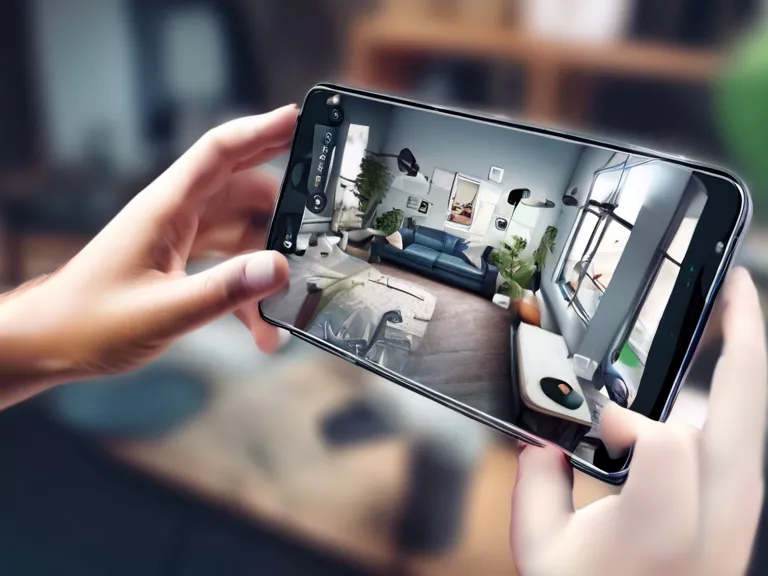
With the advancement of technology, integrating augmented reality (AR) features into mobile app development has become increasingly popular. AR enhances user experience by overlaying digital elements onto the real world through a device's camera. This article will provide a guide on how to integrate AR features into mobile app development.
Understanding Augmented Reality
Before diving into integrating AR into mobile apps, it is essential to have a clear understanding of what AR is and how it works. AR technology combines the virtual world with the real world in real-time, creating an interactive experience for users.
Choosing the Right AR SDK
To incorporate AR features into your mobile app, you will need to utilize an AR software development kit (SDK). Popular AR SDKs include ARKit for iOS and ARCore for Android. These SDKs provide tools and resources to help developers create immersive AR experiences.
Designing AR Experiences
When designing AR features for your mobile app, it is crucial to prioritize user experience. Consider how users will interact with the AR elements and ensure they seamlessly integrate with the app's overall design and functionality.
Implementing AR Features
Integrating AR features into mobile apps requires coding skills and a solid understanding of the chosen AR SDK. Developers must carefully follow the SDK's documentation and guidelines to ensure a smooth integration process.
Testing and Iterating
After implementing AR features into your mobile app, thorough testing is crucial to identify and resolve any bugs or issues. User feedback should also be taken into consideration to continuously improve and iterate on the AR features.
By following these steps and guidelines, developers can successfully integrate augmented reality features into mobile app development, enhancing user engagement and providing a unique and immersive experience.



